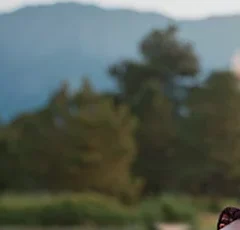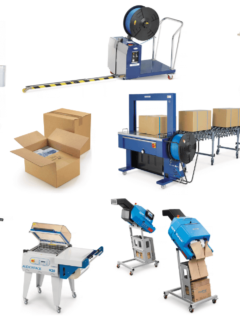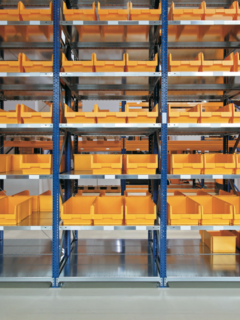In the last article we started with the topic of plastics in terms of water pollution and we also introduced a few gadgets that can affect the presence of plastics in nature.
The theme of the sequel is sorting and especially recycling of plastics.
Am I sorting my waste correctly?
To recycle packaging and waste effectively, we need to know the rules of sorting well. Here we will look at a few of them:
Basically, we divide containers into paper, plastic and glass. Of course, we also have mixed waste. We also see containers for cardboard packaging and metal waste. The infographic below will help you to get oriented in the waste sorting. You can download the infographic here and pin it on your company noticeboard :).

If you sort properly, it’s a good way to turn waste into new products that will serve you well again.
#1 recycling boxes and paper
Put boxes in the blue bin after they have been used. Remove the tape from the box (unless it is paper, in which case it can be recycled with the box) and throw the tape in the yellow bin. The box still needs to be pressed or cut into smaller pieces. If you have a lot of boxes, you can use a buy-back. It costs nothing and you still give the boxes another chance. Boxes should not be damaged, wet or greasy. The discarded boxes are then reused to make corrugated cardboard and new boxes. All our boxes are 75% recycled and can be recycled further.
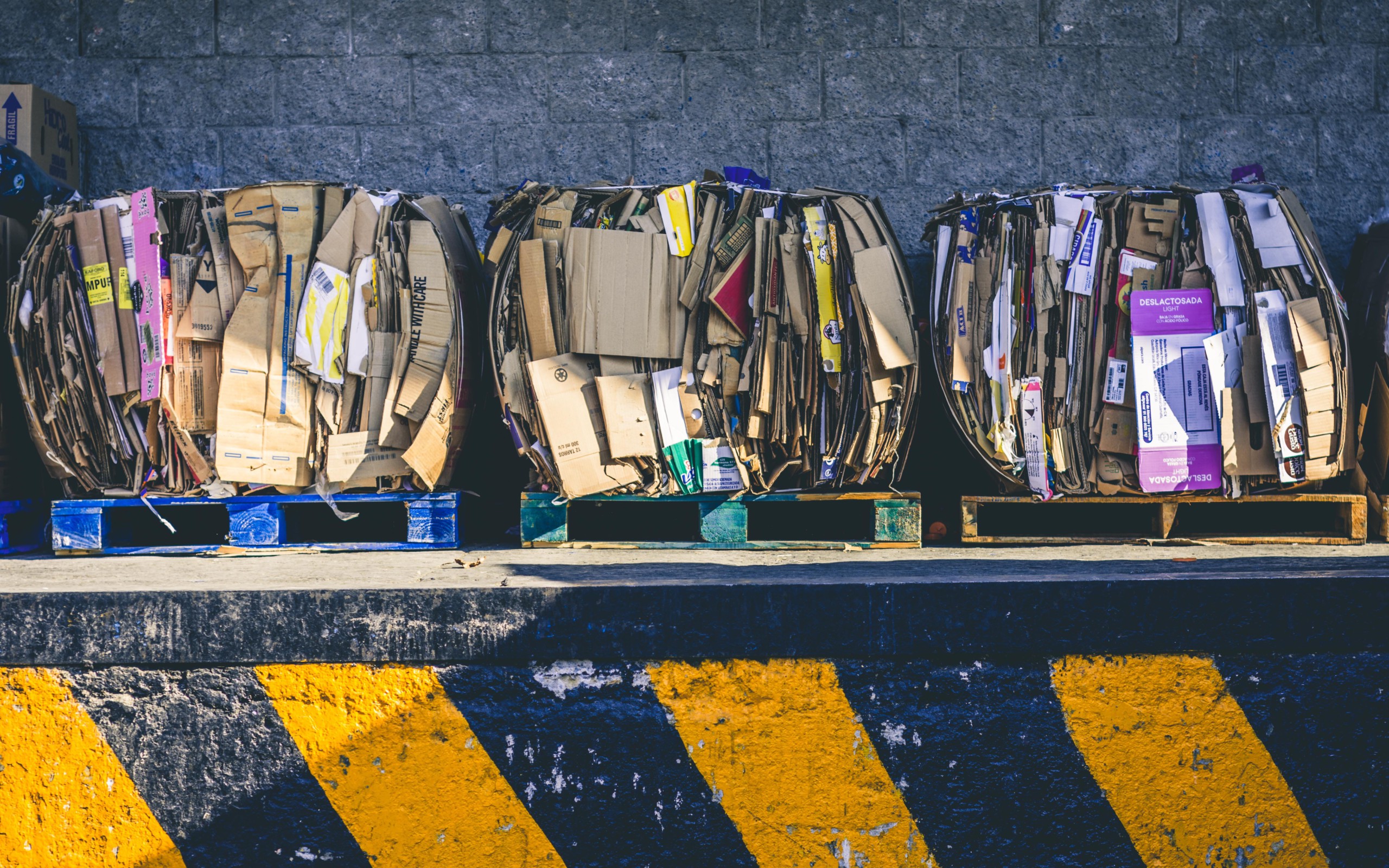
#2 plastic recycling
In the Czech Republic, according to EKOKOM, about 69% of plastic packaging can be recycled, of which about 34.5% can actually be recycled and used for new products. Plastics that are not recycled end up mostly in incinerators or worse, in landfills. The recyclates are mostly used to make fibres for cars or nappies. How can we help to increase the % of recycled materials? Proper recycling and trying to use as little plastic as possible.
Plastics are classified according to the material from which they are made:
- PET – or Polyethylene Terephthalate – the most commonly used plastic for making plastic bottles. Bottles that are sorted are most often used to make new bottles. Or they are also used for various fashion accessories, packaging, sleeping bags, etc.
- HDPE – more commonly known as microtene.
- PVC – polyvinyl chloride – often known in products such as linoleum, protective gloves, cables, hoses etc.
- LDPE – low-density polyethylene – mainly used for film, bags
- PP – polypropylene – used for the production of ropes and cables. In our offer you can find for example PP adhesive tapes.
- PS – polystyrene – PS products are mostly clear – test tubes, laboratory equipment. They are also, for example, CDs, DVDs or the well-known polystyrene plates.
What belongs in the yellow containers?
PET bottles clearly belong in yellow containers. However, first press the bottles down and then throw them in the bin. Various cups, food packaging, cosmetics and toiletries packaging also belong in the yellow bin. The following plastics belong in the yellow bin: PET, HDPE, LDPE, PP and PS. Never throw in PVC packaging, packaging from corrosives and hazardous substances. Now we can also put some metal or cardboard packaging in the plastic bin. But first, make sure that the company that takes the waste from your town or village can sort and process this packaging. You can always find this information on the container itself.
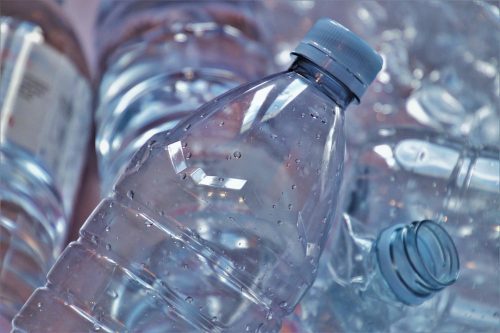
#3 Glass recycling
Green containers include all glass bottles of alcoholic or non-alcoholic beverages. Mirrors, cooking or laboratory glassware are definitely not included. There are white bins for clear glass, but these are very few. Therefore, it is certainly OK to put clear glass in the green bin.
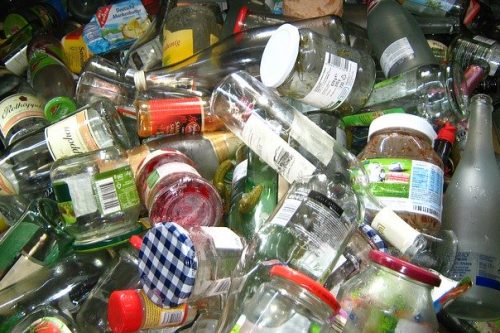
#4 beverage carton recycling
This container can be seen mainly in larger cities. This includes all kinds of beverage and food cartons. Again, we will not forget to squeeze the packaging.
#5 recycling of metal packaging
This is where we should put cans, beer or other beverage corks, screws, foil, etc. Never throw in containers of hazardous substances or paint cans.
Sorting is not a science! If we all sort honestly, we will improve our environment. And not just for us, but for generations to come.











